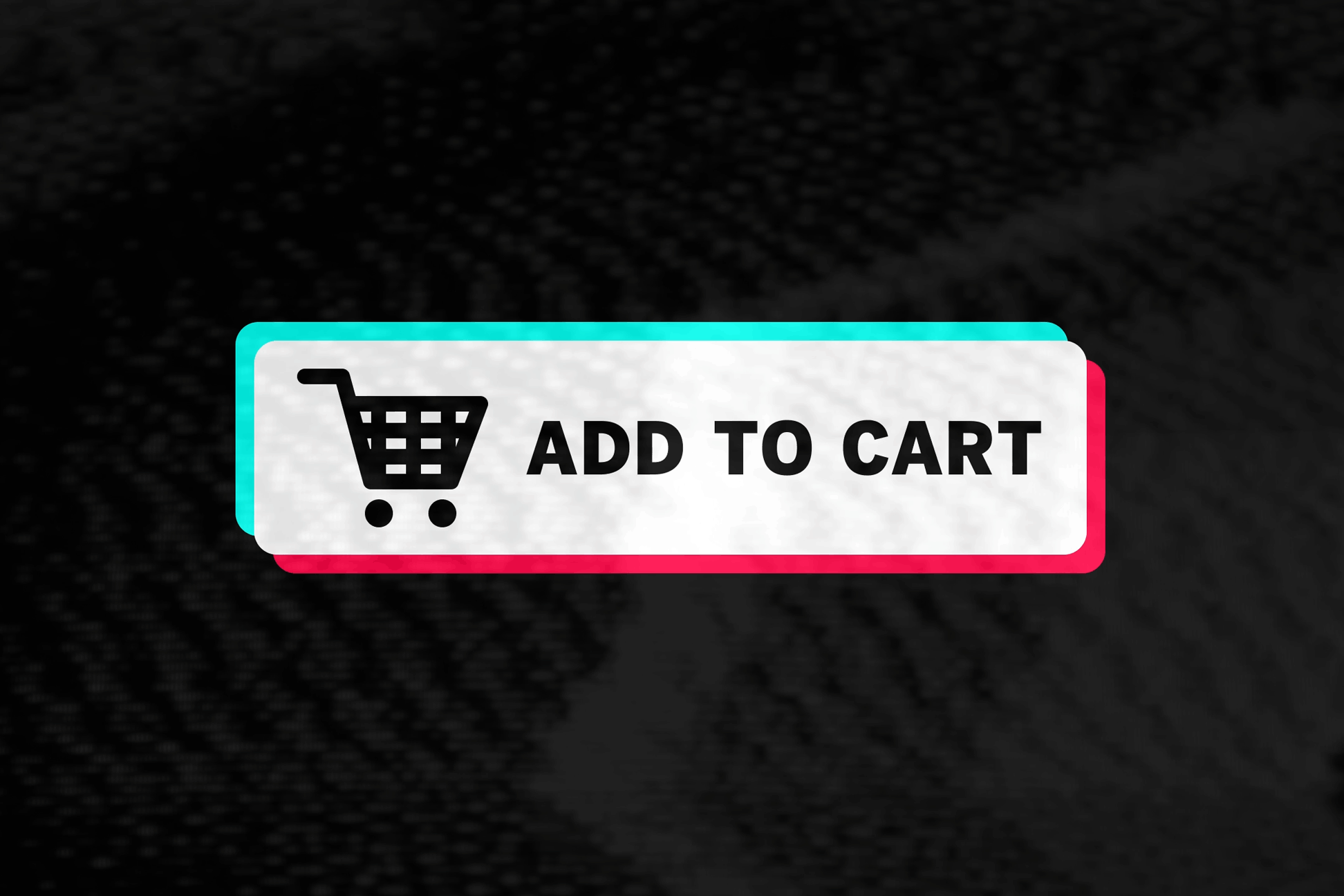Koji can help you sell to your social media followers

Ever fantasize about making money online without breaking a sweat? You may want to check out Koji, a simple tool to make money that works best for people who are active on social media and have a substantial following.
Like its namesake koji — a mold used in making soy sauce, miso and sake — this tool is a catalyst, says Dmitry Shapiro, co-founder of GoMeta, the parent company of WithKoji.com: It doesn’t initiate an action, but its chemistry helps actions take place.
The digital templates available on the Koji website serve as a programming base for things you might want to do on social media, whether that’s playing a game with friends, running a fundraiser or selling digital files to followers. You don’t have to be famous — or even almost famous — to use this tool to make money, of course. But the bigger your online following, the more likely you are to earn money with Koji.
Setting it up
To get started, you go to Koji’s website and register. In that process, you’ll fill in a name to use on Koji, as well as the usernames of your relevant social media accounts.
After that, you select a template from the Koji website, customize it by filling in some information, and then share.
What are you sharing? That depends on the template you use. There are a couple dozen choices, including tools to engage followers. Some reporters at the San Diego Union-Tribune, for example, used Koji to customize an interactive game and posted it on that newspaper’s website.
Some templates are designed as tools to make money. They help you profit by making it simple for you to sell something to your followers and collect payment.
Let’s say, for instance, that you are an influencer in the Keto diet space and you have created an ebook with Keto meal plans, recipes and shopping tips. If you want to sell that book through your social media channels, you put it in a PDF file and click on Koji’s template that offers to “sell downloadable files.”
Up pops a prompt with two buttons: “preview” and “remix.”
When you’re ready to start, you hit “remix” and Koji will ask you to fill in information, including a description of what you’re selling and its price. You’ll then upload images and videos that go with your book, as well as the PDF of the book itself.
The process can take less than 10 minutes. After that, you have an interface that sells your book, and you choose where to share it. You might share the interface on all your social media accounts or go narrower: You could share just to your Facebook or Instagram page, say, or just to Reddit.
At that point, Koji takes over. When someone buys your product, you get a message alerting you to the sale and how much you’ve earned. If further interaction from you is needed — for example, if you’re selling personalized meal plans based on the individual buyer’s tastes — Koji prompts you to provide it.
Two ways to make money
You earn money on every sale, and you also can earn money if someone “remixes” your Koji post. This happens when one of your followers sees what you’ve posted and wants to emulate the idea. If someone hits the “remix” button on your post, you’ll earn a few pennies every time they make a sale on the Koji post they created through that remix.
Remixing your post does not give the remixer the ability to use your intellectual property, such as the PDF of your book. It simply brings up the same Koji template that you started with. Your follower can then customize that template to share to their social media accounts, just as you did. You get a tiny fraction of every sale for inspiring them to make and share a Koji post.
Site fees
When you sell something using a Koji program, you don’t collect 100% of the purchase price. With the sale of something like an ebook, photo or video, the site takes a 15% commission from the buyer’s payment. If you priced your product at $10, for example, you’d take home $8.50 and the site would take $1.50.
The fees are different for different activities. If you’re selling tickets to an event, the site takes a $1 fee on each ticket. If you’re raising money for charity, the site takes a fee of 2.9%, plus 30 cents per transaction.
A portion of Koji’s cut finances the site. Portions are also paid to the developers who created the Koji templates and to the influencers — like you — who shared the posts and inspired others to remix them.
Buyers also pay a fee to Koji if they use a credit card. That covers the fee paid to payment processing company Stripe, Shapiro says.
Best for influencers with digital products
Turning to Koji is best when you have a large social media following and a digital product for sale such as a photo, video or PDF. You can also make and charge for customized digital products — a happy birthday video for a fan; a personalized photo album; a “post on my wall” option for your followers.
Nothing prohibits your run-of-the-mill individual from offering these products. It’s just less likely that people would pay for them. (No one has offered to pay $1 to “unlock” my beach photo, for example. The only purchase was my own, which I used to test the product.)
People with an avid following can also use Koji to grow their fan base with free interactive tools, including those that collect email addresses.
Selling products
Although you can theoretically sell anything via a Koji interface, including T-shirts and coffee mugs, the tools are not well set up to do that. A site spokesman says the platform can collect payment for your T-shirt sale, but it doesn’t currently have a way to collect the buyer’s address or help with sending out the order.
A better way to sell products such as artistic prints, greeting cards and personalized T-shirts and mugs is to use print-on-demand sites such as Fine Art America, Society6 and Redbubble.
Selling classes
If your digital product is a how-to video or a class, there are also better options. People who want to sell courses — about managing Facebook advertising, say, or learning to sew — are better off with dedicated teaching platforms such as Thinkific and Teachable.
If you want to teach cooking, better sites include Cozymeal and ChefsFeed.
Kristof is the editor of SideHusl.com, an independent site that reviews hundreds of money-making opportunities in the gig economy.
More to Read
Inside the business of entertainment
The Wide Shot brings you news, analysis and insights on everything from streaming wars to production — and what it all means for the future.
You may occasionally receive promotional content from the Los Angeles Times.










